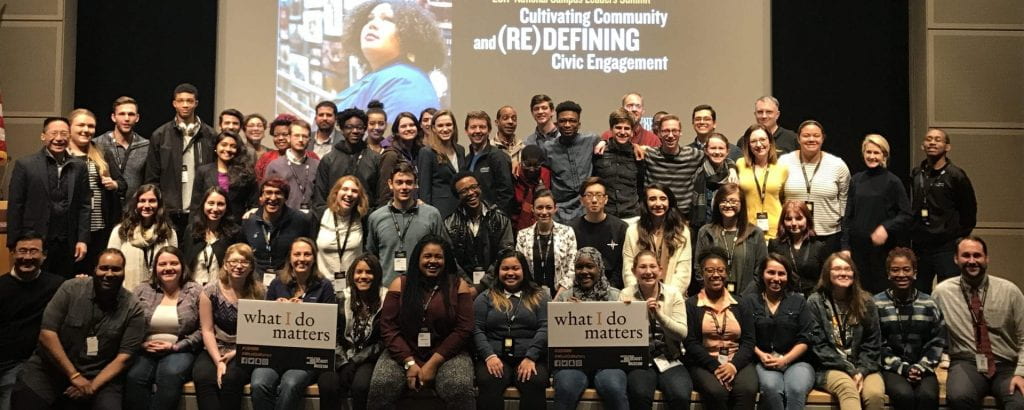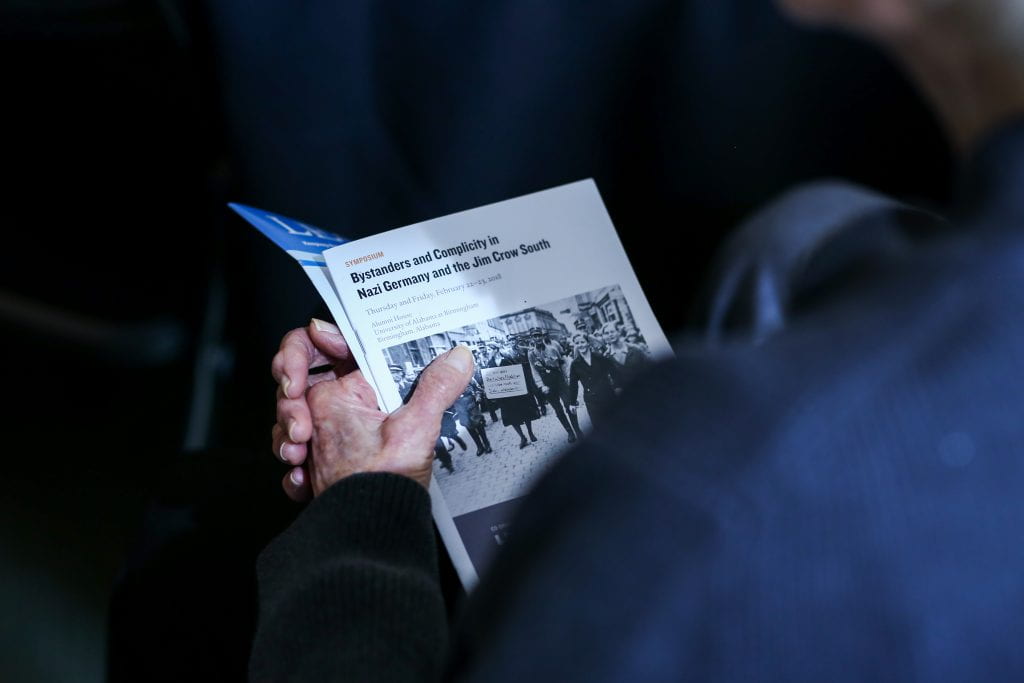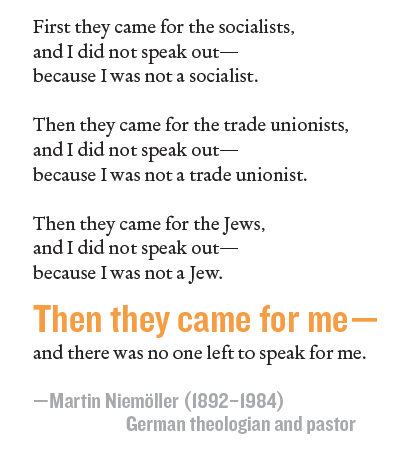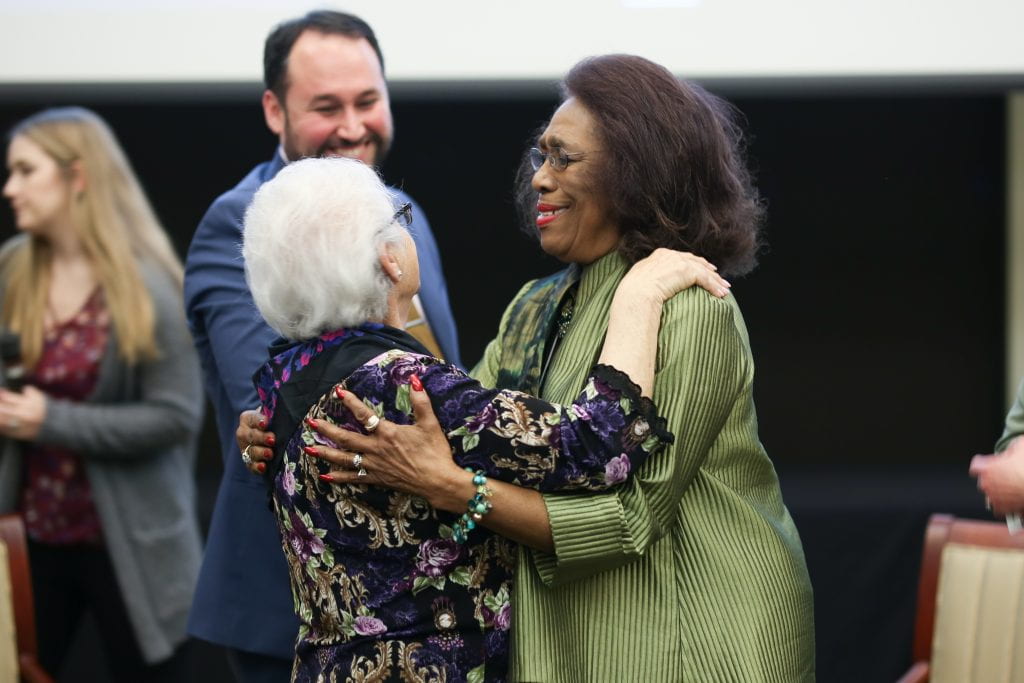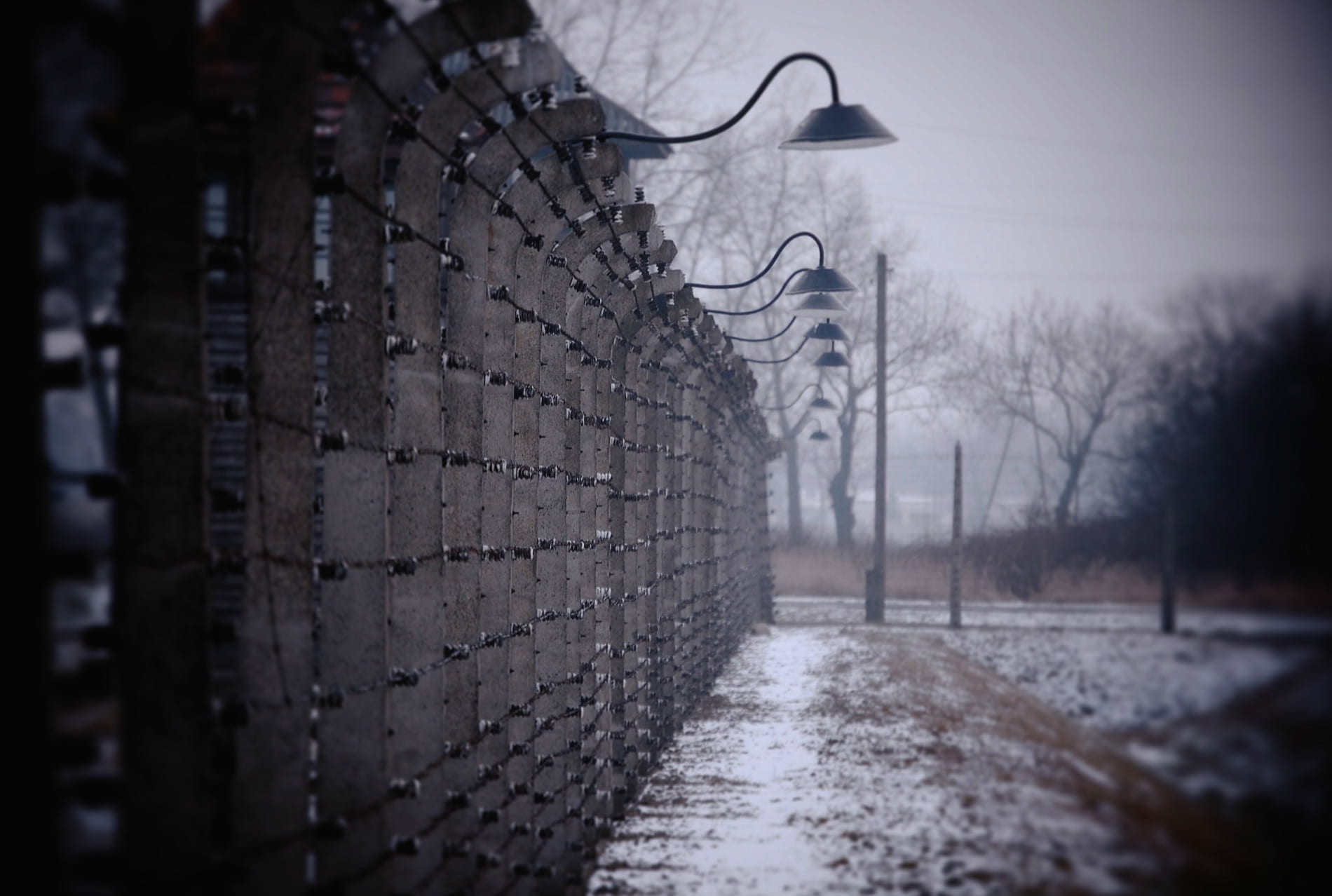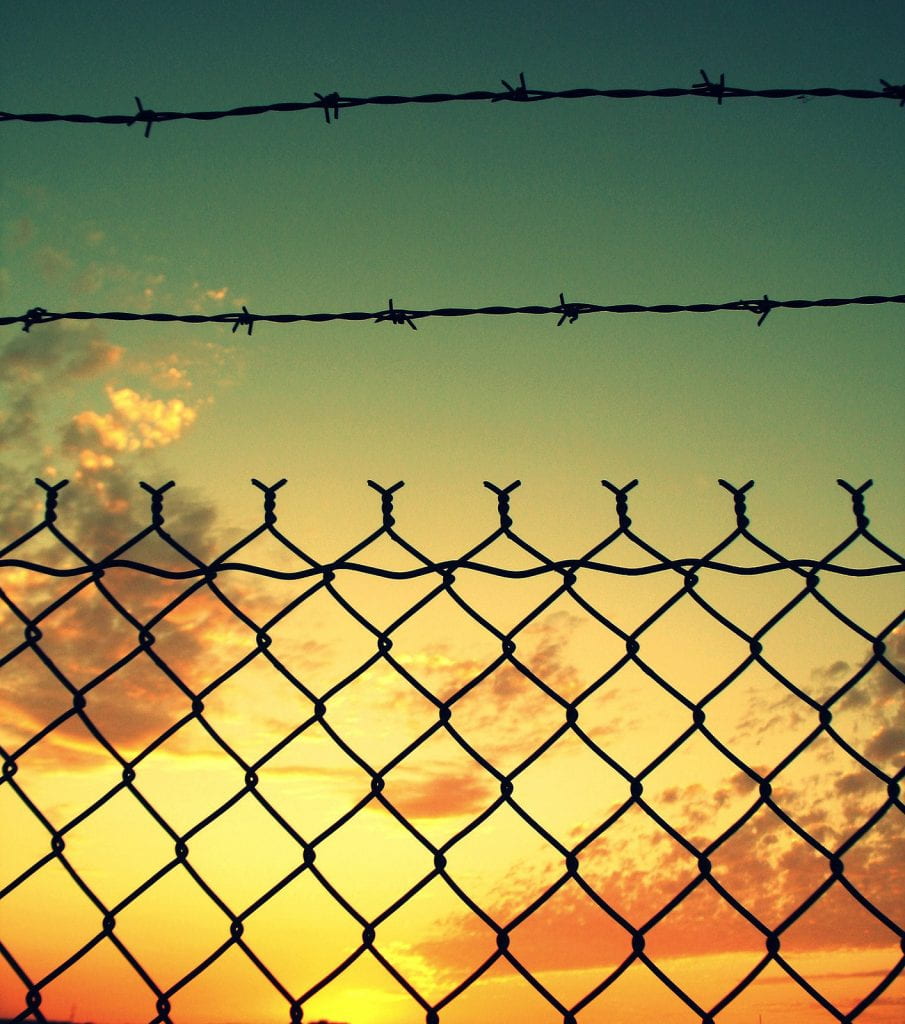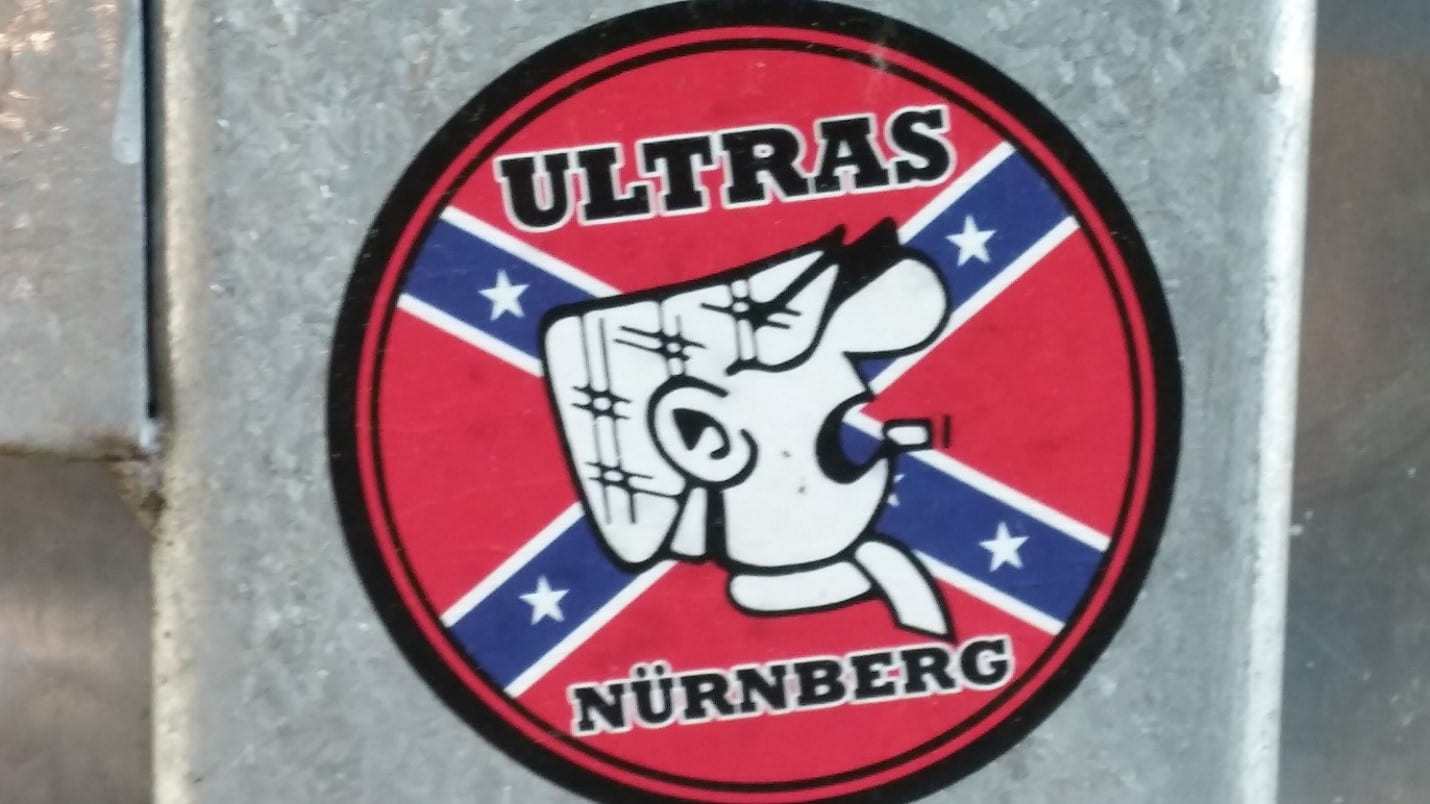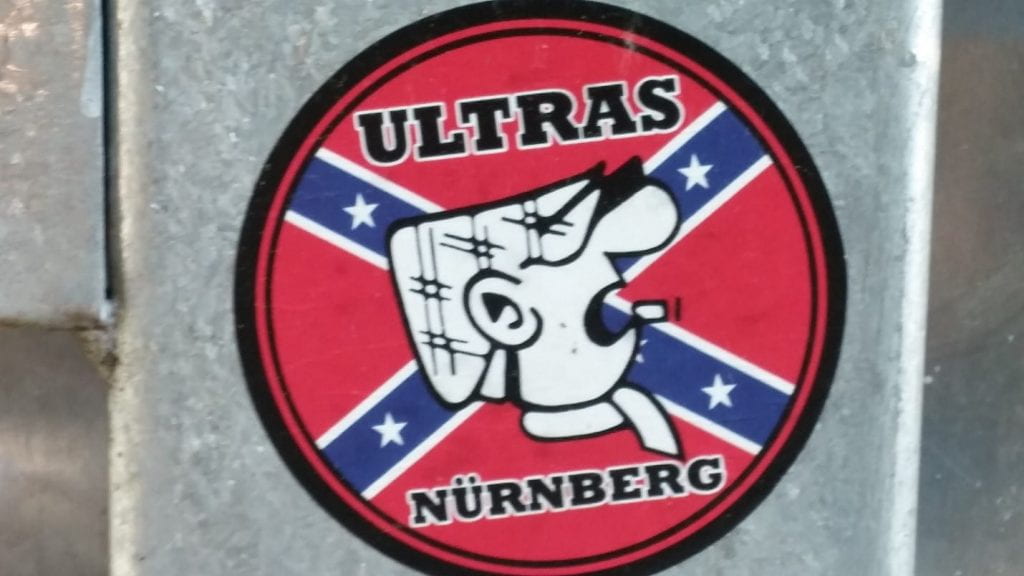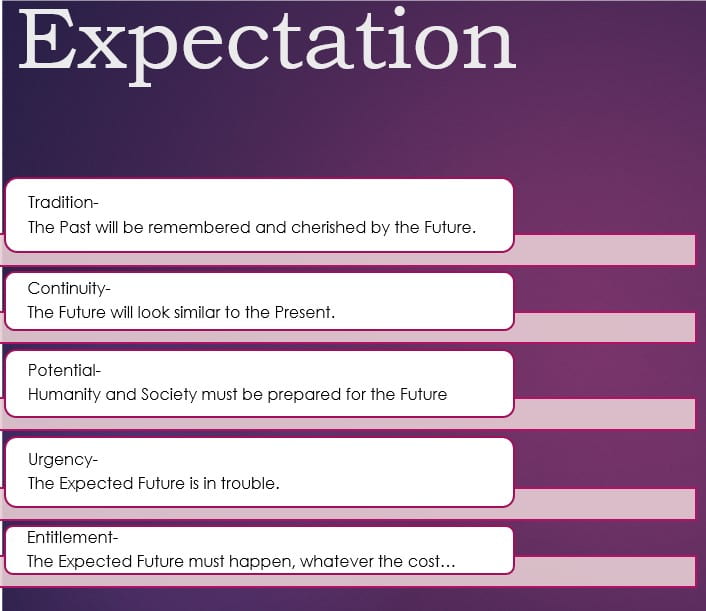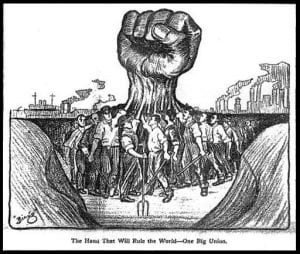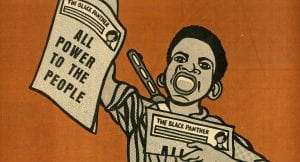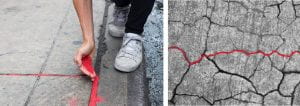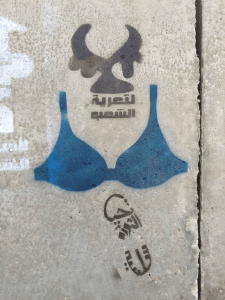**As Kim Jong-un and Donald Trump prepare for the North Korean Summit in Singapore on Tuesday, this repost from last Spring sheds light on the complexity and seriousness of this summit.
by GRIFFIN LEONARD
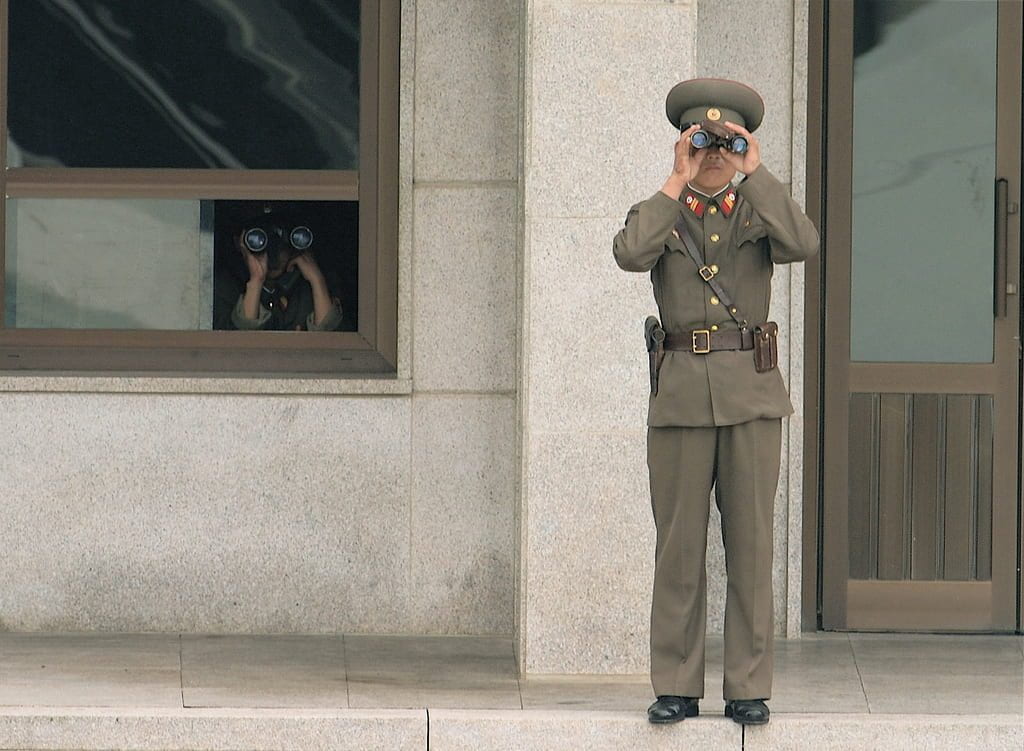
A lot has been said recently about the seemingly worsening relationship between the US and Democratic People’s Republic of North Korea (DPRK). Unsurprisingly, much of the commentary revolves around the Trump Administration at a time where the new President seems confronted by numerous international “situations.” The dropping of a MOAB in Afghanistan and missile strikes against Syria, when taken together with heightened tensions between the US and the DPRK, paint a broader picture of the direction the Trump Presidency is taking. While this may be helpful to Americans as they try to understand their President’s decisions, putting Trump as the centerpiece of analysis has the dangerous potential to obscure other important factors, namely the continuity and change that has marked the US-DPRK relationship. Only by including both in our analysis can we begin to understand the events unfolding on the Korean Peninsula.
Change
Like any relationship, that of the US and DPRK does not exist in a vacuum. Their bilateral relations are well known. Diplomatic efforts have failed to yield real progress towards a resolution of the tensions on the Korean Peninsula, much less move towards a sustainable arrangement between the parties involved there. Border incidents that have claimed the lives of South Koreans, North Koreans and Americans have been ongoing for as long as the current border has existed. These incidents have, of course, been the cause of heightened tensions at different times between the US and DPRK.
The relationship is also subject to changes in the international environment. Authoritarian practices in South Korea following the end of the Korean War forced the US to consider what exactly the South Korean people had inherited from the devastating conflict. The terrorist attacks of September 11th 2001 raised concerns of nuclear terrorism and therefore nuclear proliferation more generally. The growing power of China in military and economic terms continues to raise the significance of the steps they are or are not willing to take in trying to tackle the issues at hand on the Korean Peninsula. These and other global trends influence the measure of significance which the US attaches to the Korean Peninsula at any given time; and the way by which they choose to engage with the DPRK.
There is no doubt that the election of Donald Trump could be, or cause, another significant change in the US–DPRK relationship. Of central importance is Trump’s demonstrated impulsive and inconsistent behaviour, especially when it comes to how he communicates with others. He differs from other Presidents because not only are the policies towards adversaries and allies in question, but as an international community, we find ourselves wondering how he will behave on a more basic level. Will he put aside basic and long-standing diplomatic decorum, aggravating other world leaders with hostile rhetoric akin to what he employed during his campaign for the Presidency?
The same countries and their leaders that Trump dealt out insults to as 2016 ticked by are the same countries and leaders that he must deal with in 2017.
Of more concern is whether Trump will be able to communicate a clear message to adversaries at all. It remains to be seen whether Trump can frame the many public announcements he has to make in a way that appeals to his domestic support base (something all politicians do) but also conveys the US’ position on important matters to other world leaders, adversary and ally. Doing this requires consistency and coherency across the many mediums through which the President now communicates: social media, informal television interviews and formal White House events and statements. The outlook is not good so far.
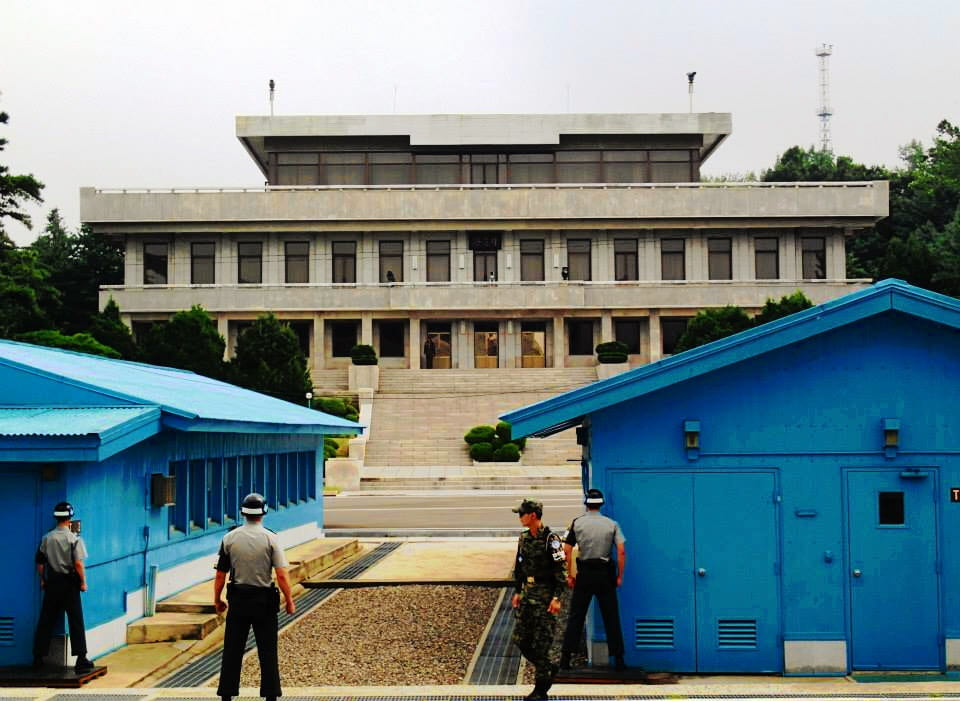
It has been widely reported that the Trump Administration’s statements regarding the DPRK have been hostile and inflammatory. This is undoubtedly true. An important aspect to note is that through deliberate decision-making or gaffe, much of the communication by the Trump Administration has created confusion among the parties invested in the Korean Peninsula.
I will explain this point using two examples. First, the vague statement released by Secretary of State, Rex Tillerson, following a recent missile test by the DPRK and Trump’s refusal to answer questions on the matter on American television. Trump has long promoted the idea that not to reveal his next move is, in and of itself, a smart move. The issue is that when states do not want to fight over an issue, they seek information about how far they can push their luck, making as large a gain as possible (whether this be in terms of prestige or something more material) while avoiding direct conflict. In other words, they attempt to discern when to yield. To do this, a state must have some idea of what their adversary is willing and/or capable of doing to resolve a dispute in their own favour.
For all the absurdities of the North Korean regime, it is highly unlikely that they want to ever see a direct confrontation with the US. Vagueness on the part of the Trump Administration keeps the DPRK in the dark as to where the line is and increases the chance that they will trip right over it. The DPRK wants to make gains in the form of developing its missile capability. Trump needs to find a way of communicating to their leadership when, where and how the US is willing to act; therefore, talks with DPRK are far from being complete.
The second example is the mistake made by Trump and other officials when an “armada” heading towards Australia was said to be heading in the direction of North Korea. Inaccurate information compounds all the issues related to ambiguity mentioned above. What is more, this error unsettled South Korea with politicians and media outlets questioning Trump’s will and ability to deal with the DPRK. This response should, perhaps, not be unexpected. Given their common border, the DPRK could inflict massive damage on South Korea through conventional weapons alone. Similarly, Japan feels threatens due to their proximity and the 50,000 US troops stationed there. Experts vary in their predictions of by which date the DPRK could develop a missile capable of reaching the US.
Taking these two examples together, while it is clear the rhetoric emanating from the White House is inflammatory, it is less clear whether it is effectively conveying information to the parties involved regarding America’s stance and intentions.
It is important to say that this is not simply a matter of finding Trump to be a distasteful person. His public performance in dealing with this issue is of real significance. While academics debate whether rhetoric utilised by politicians has any influence over the course of events in foreign affairs, policy makers themselves seem to place great importance on the public pronouncements made by state officials. In reading the autobiographies of former US Presidents, one quickly realises that they believe their words are important in directing the course of events; therefore, we should not be surprised that politicians place a lot of value in their own words! The South Korean response to Trump’s mistake in stating that the US was sending an armada towards the Korean Peninsula is an indicator of the importance that other world leaders place in the statements of their colleagues. Trump’s statements can heighten tensions with adversaries and offend allies whom he claims he would persuade to take more of the financial burden of dealing with said adversaries.
Regarding the DPRK, few governments, if any, are so committed to the “performance” of governance. Large portions of the DPRK’s state structure are committed to promoting the party line to both the domestic population of North Korea and the international community. Strict media and Internet control by the state demonstrates the significance attached to the control of public information.
DPRK officials do this precisely because they know that other state leaders and intelligence agencies monitor speeches by regime officials, television broadcasts, and internet traffic, to read between the lines and get a better picture of what happens in their secretive society. Similarly, they would remain committed to trying to glean information from the televised interviews, public speeches and, yes, even tweets of Donald Trump’s Administration. To think otherwise is naïve.
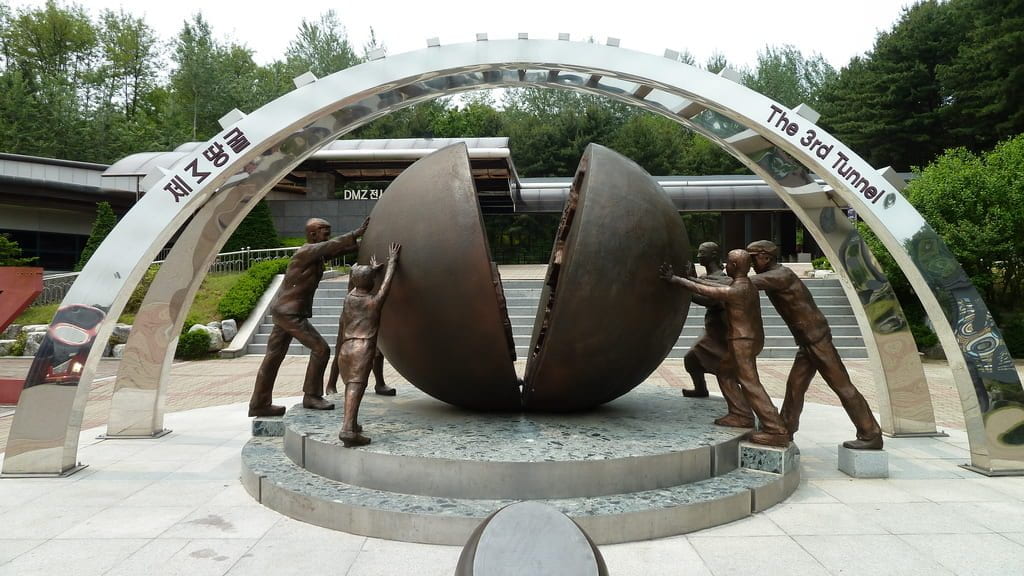
Continuity
It is easy to allow our focus to drift too quickly to new developments in this unfolding situation. Some elements of the continued tension between the US and DPRK, while not as exciting or topical as Trump’s Presidency, are equally as important in explaining the current state of affairs. One such element is the presence of nuclear weapons. Three parties involved in the dispute, the DPRK, US and China, are nuclear capable to one degree or another.
In an indictment of nuclear deterrence theory, the very manoeuvres–diplomatic, military and otherwise–that both the US and DPRK make due to the significance they attribute to a dispute in which nuclear weapons are involved, may be the very thing that, deliberately or otherwise, spark the use of military force on the Peninsula. Even if it were true that, as proponents of nuclear deterrence advocate, weapons of mass destruction make the cost of entering and engaging in conflict so high that no reasonable state leader would consider doing so, the constant need to balance armaments leads to an arms race that only serves to heighten the tensions one wishes to avoid, increasing the risk of unplanned escalation. It should not be lost on us that this current round of tensions was triggered, in large part, by exactly this: the DPRK undertaking missile tests. Moreover, as explained below, not only could state leaders consider using nuclear weapons despite knowing the consequences, they have!
It is simply a convenient out to equate the problems generated by nuclear weapons with the current occupant of the White House. Throughout his presidential campaign, the question of whether (Trump) was the “type of person” that we would want having control of the US nuclear arsenal was often raised. While this question is reasonable at face value, it suggests that the threat of nuclear weapons does not have so much to do with the weapons themselves as the person empowered to use them or the state that possesses them.
As to the last point, having to ask this question of US electoral candidates belies the idea that certain types of states can be trusted to possess nuclear weapons. One could argue that democratically elected leaders must consider domestic support for a decision to use nuclear weapons, whereas dictators do not. However, of all the situations in which we can imagine decision-makers considering the use of nuclear weapons, cases in which contemplation could be given to domestic support for the idea make up only a small portion. It is likely that such a situation would be characterised by small time-horizons and partial information. If nothing else, it is perfectly consistent with democratic systems that a person we would not want in charge of nuclear weapons can be elected.
Here we are back to the notion of whom. If there are types of people we cannot trust to be in charge of nuclear weapons then perhaps there are types of people that we can trust too?
In the well-known documentary, The Fog of War, in which Robert McNamara imparts lessons from his life, he describes the parties involved (and the world) as having “lucked out” in avoiding nuclear confrontation during the Cold War and the Cuban Missile Crisis. Regardless of what one thinks of John F. Kennedy, perhaps it is not too strong to say that he was a more experienced political operator than Donald Trump. Yet, even JFK and the leaders of the Soviet Union and Cuba–all rational people, per McNamara, came exceptionally close to making decisions that could end their societies, as they knew them. McNamara concludes the combination of human fallibility and nuclear weapons will destroy nations. This is not due to the character of one particular person but the inescapably imperfect process of human decision-making.
The failure to understand both the current events and long-term processes at work in this situation has consequences beyond a lacking analysis. Trump and the members of his administration need to be included in any understanding of US-DPRK relations. On one hand, the Trump Administration undoubtedly plays a role in determining the course of events regarding the Korean Peninsula, so attempts to downplay the administration’s significance is to remove their accountability for the dispute’s trajectory. On the other hand, to ignore ongoing issues, such as the presence of nuclear weapons in this dispute, suggests a fatalistic perspective where the resolution of all international affairs rests on the shoulders of one person – the US President. There are a multitude of drivers of this conflict and thus a multitude of levers that can be pulled in trying to steer the course of events towards a peaceful resolution. Groups of concerned people tackling the issue of continued nuclear stockpiling are only one example. While we rightly continue to understand our political leaders’ decisions, holding them to account for the consequences thereof, it is important to remember that they are not the sole causes or agents of social change.
Griffin Leonard is a third year PhD candidate at the National Centre for Peace and Conflict Studies, University of Otago. His research analyses the role of US Presidential rhetoric in determining militarised interstate dispute outcomes involving the US since 1950. His expertise is in American foreign policy and diplomatic history.






